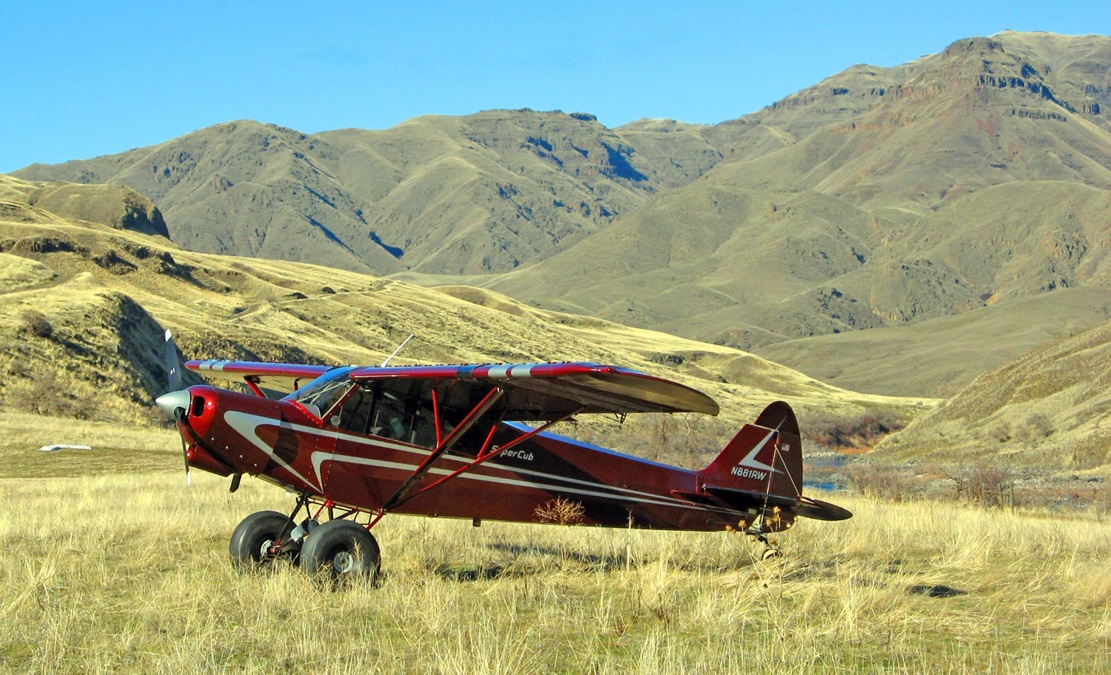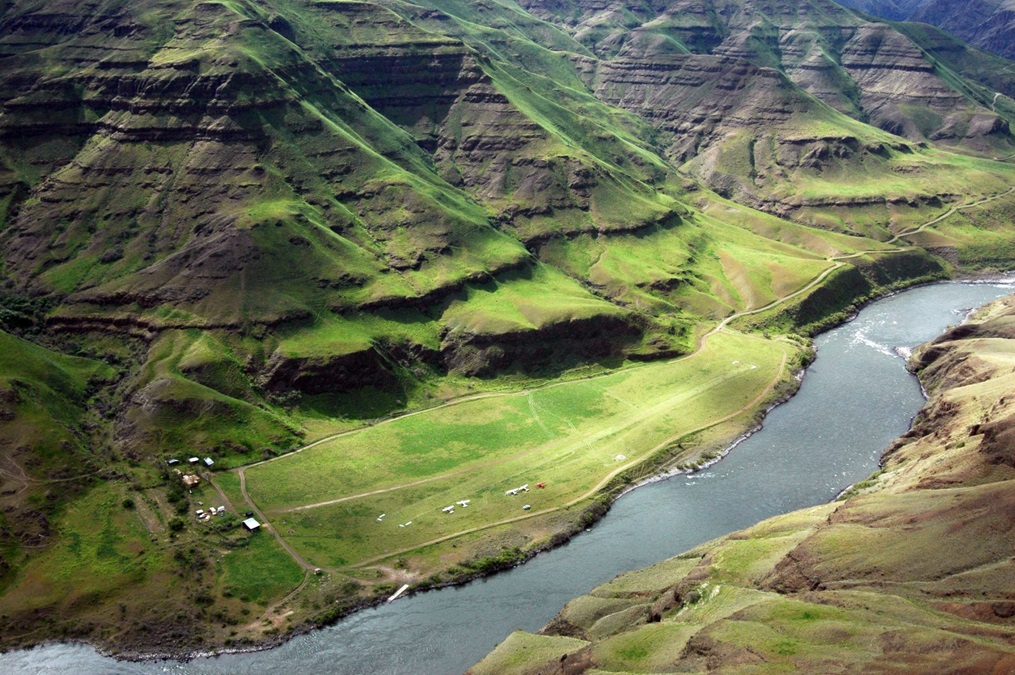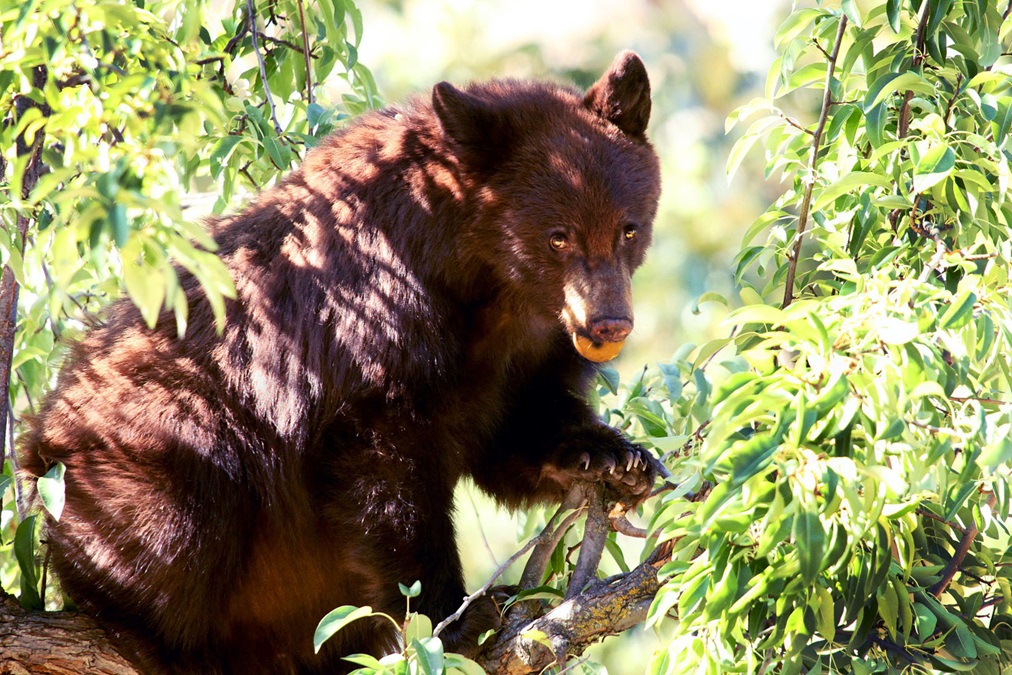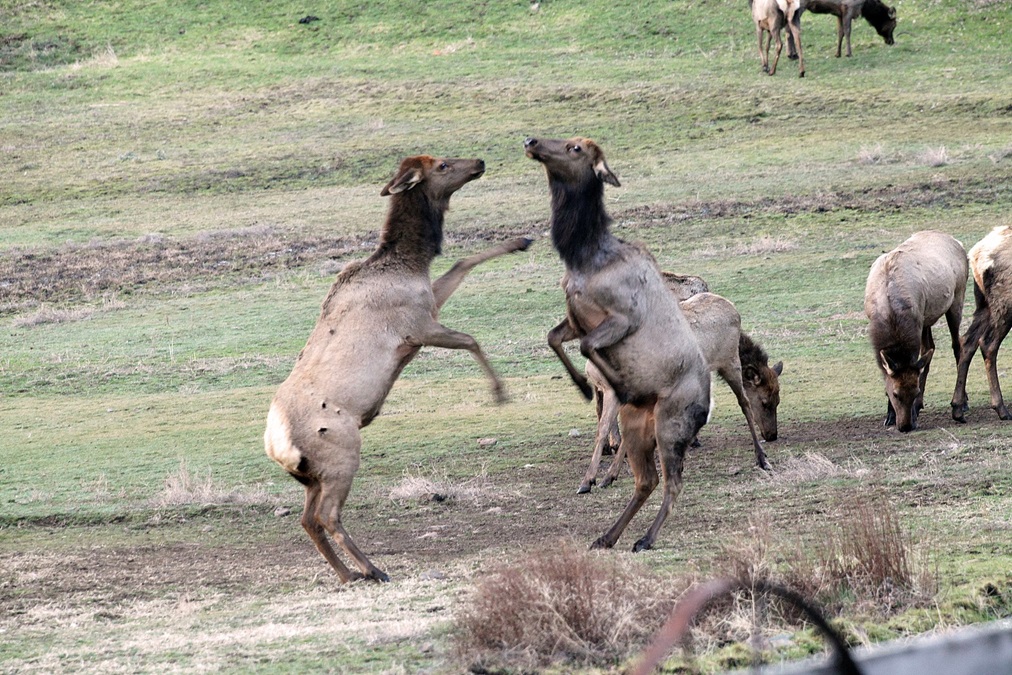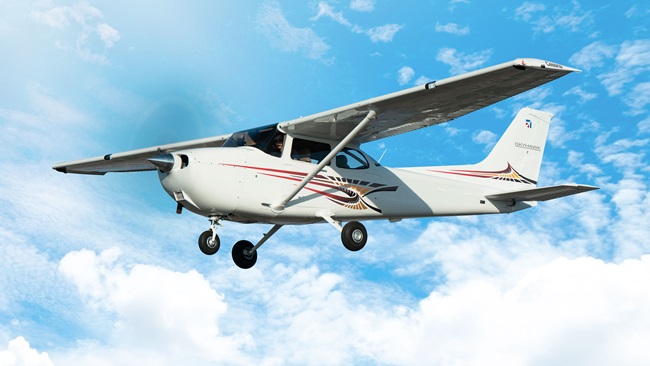All-winter backcountry access
Hells Canyon airstrips in Oregon, Idaho
The greatest concentration of backcountry airstrips in the Continental United States is found in the Northwest. Idaho has by far the largest number, mostly due to the diligence of Idaho pilots who have banded together to work with state and federal agencies and land owners to keep airstrips open on public and private lands. Unfortunately, most Northwest backcountry airstrips are inaccessible for at least half the year, due to a combination of high latitudes and mountain altitudes. But savvy backcountry pilots who enjoy winter flights know where the snow-free strips are—in Hells Canyon.
Carved by the Snake River, Hells Canyon forms part of the border between Idaho and Oregon, and is North America’s deepest river gorge: 7,993 feet from He Devil Peak to the river. The Memaloose and Lord Flat airstrips, perched precariously near the rim’s edge on the Oregon side, can be snow-covered well into June, but airstrips inside the canyon, which sit on sandbars above the river, are usually available all year. Land on a Hells Canyon airstrip and you can enjoy excellent hikes and wildlife viewing; fish for steelhead, sturgeon, or bass; or simply revel in the rugged beauty and solitude.
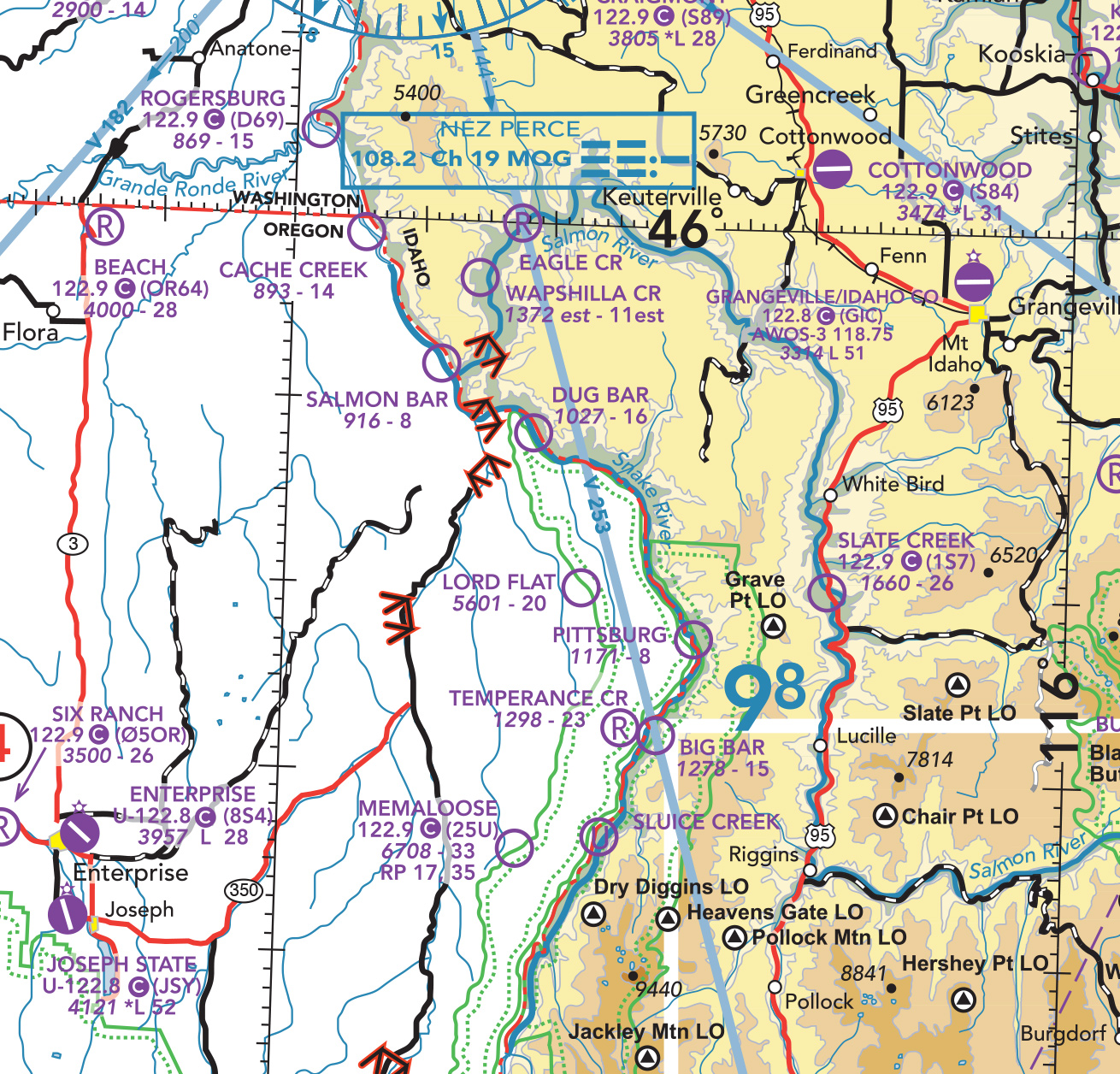
Two Hells Canyon airstrips, however, offer longer runways and safer approaches. Dug Bar is 20 nautical miles north of Big Bar on the Oregon side of the Snake, with a 1,645-foot runway that allows approaches or departures to be made from either end. You don’t need a “bush plane” to operate here. Meanwhile, Temperance Creek, directly across the river from Big Bar, is the Cadillac of Hells Canyon airstrips, with a 2,350-foot runway that can be approached from either direction and a wonderful guest lodge with great down-home cooking. You can even go for a guided hunting, fishing, hiking, or photography trip with Hells Canyon Packers, based at the Temperance Creek Lodge.
Before you go, buy the book almost every Idaho backcountry pilot carries in the cockpit: Fly Idaho! 3rd Edition. Inside, you’ll find complete information and photos of Idaho’s airstrips, plus those across the Oregon border, like Dug Bar and Temperance Creek. Order a copy of the Idaho Aeronautical Chart too, because it shows the locations of many strips not shown on FAA sectionals. Study the photo captions in this article for important flight, safety, and seaplane information.
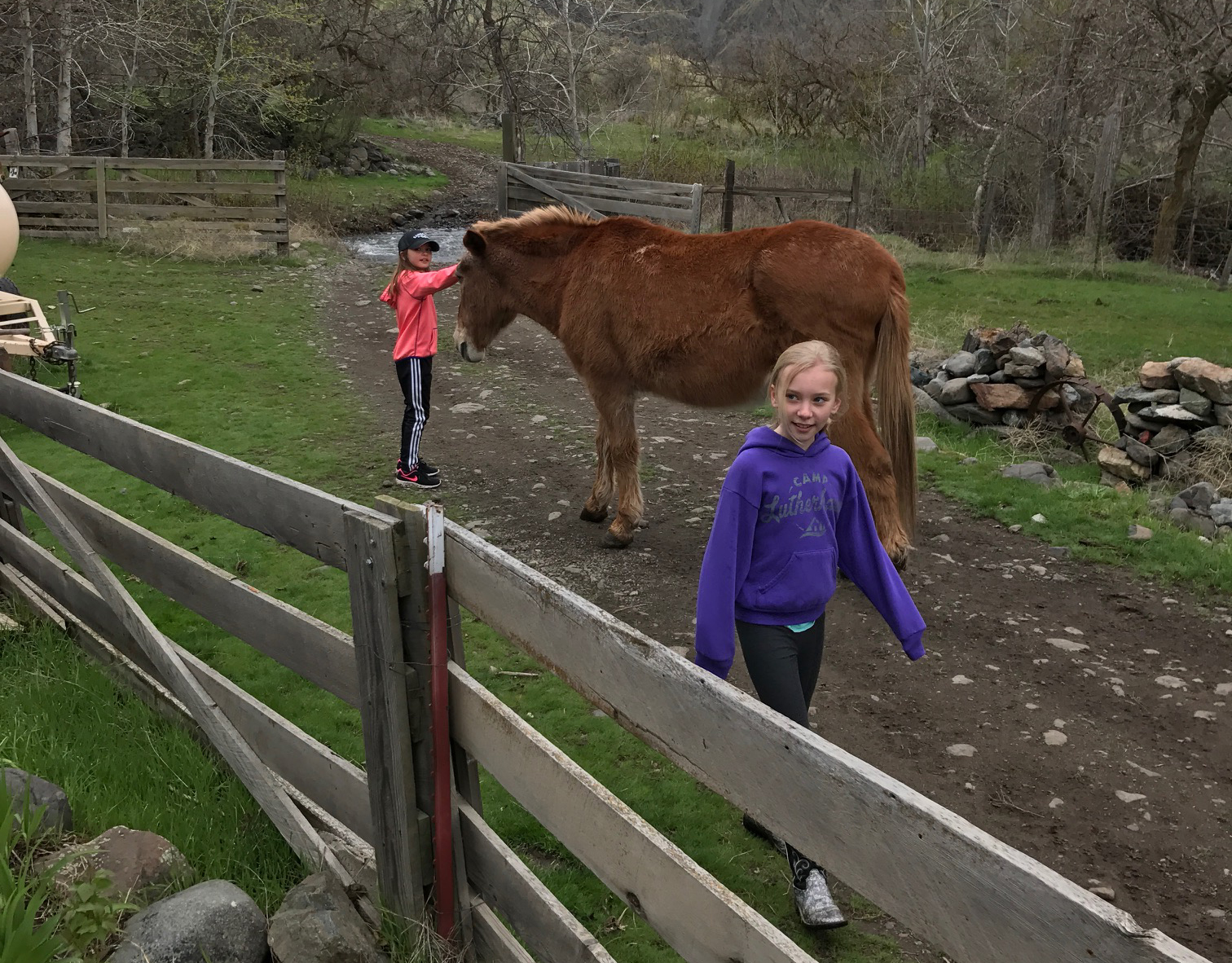
At Dug Bar, camping is free and you can fish from shore, though you need an Oregon fishing license. In January, steelhead frequent a large rapid downstream from the strip. Bass and salmon are also caught; in summer during slow water, people fish for sturgeon and carp. Hiking is excellent from Dug Bar; try the Nez Perce (Nee-Me-Poo) National Historic Trail up to Lone Pine Saddle for great views, or follow the river upstream on the Oregon Snake River Trail.
Temperance Creek is a private runway requiring prior permission; email Sarah or Abby. (Note the Big Bar airstrip directly across the river on the Idaho side.) Fly-in meals, especially breakfasts, are popular at Temperance Creek because the food is so good—but please email first, don’t just drop in. Spend the night at Temperance Creek Lodge and you’ll enjoy an isolated, rugged natural setting without giving up the comforts of home. Strike out on your own or hunt or just explore with Brice or Barry Barnes of Hells Canyon Packers, who know this area intimately.
If you have even a little interest in backcountry or recreational aviation, then you’ll want to know about the IAA, which recently fought and won the right for pilots to continue use of the “Big Creek 4” airstrips in central Idaho (full disclosure–I edit their newsletter, The Flyline). The IAA website also provides a list of flight instructors who specialize in mountain and canyon flying. Enjoy Hells Canyon—see you around the backcountry!
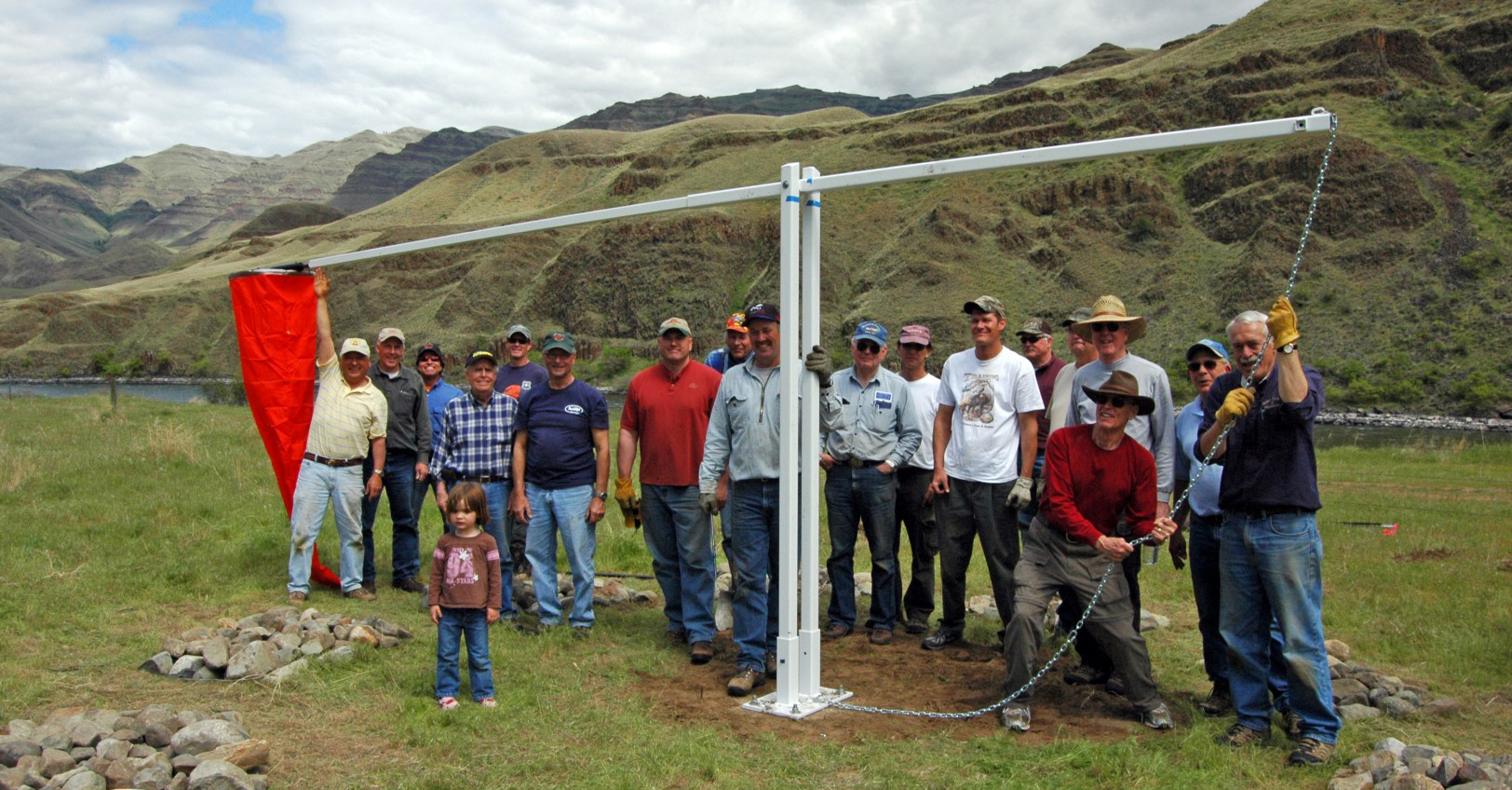
Share your favorite destination in the AOPA Hangar: Places to fly, things to do, where to eat!

